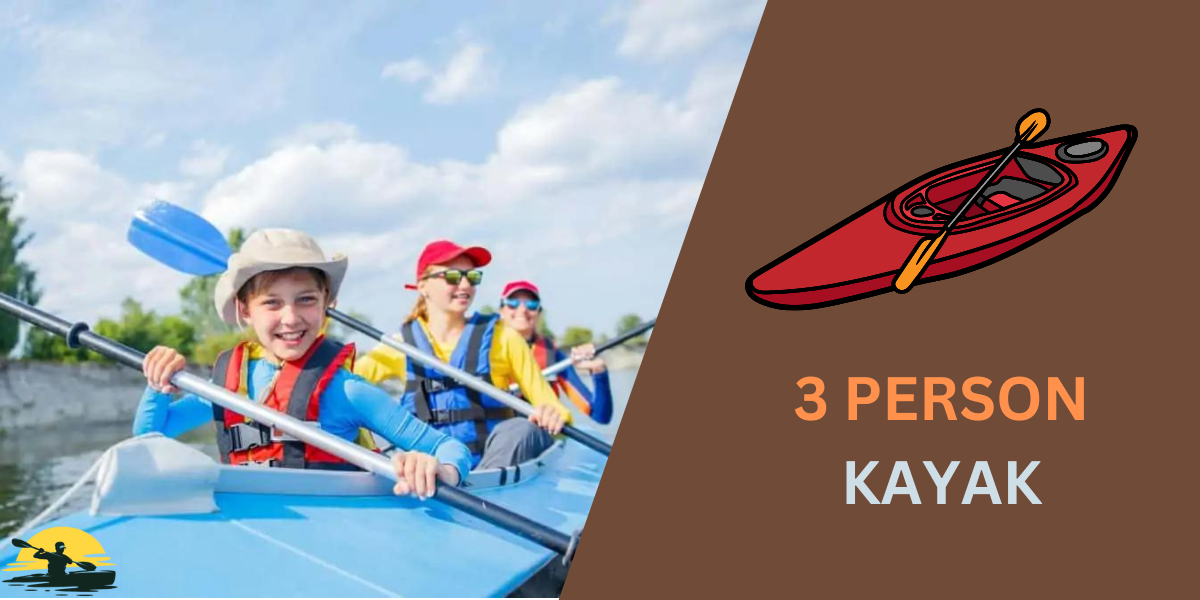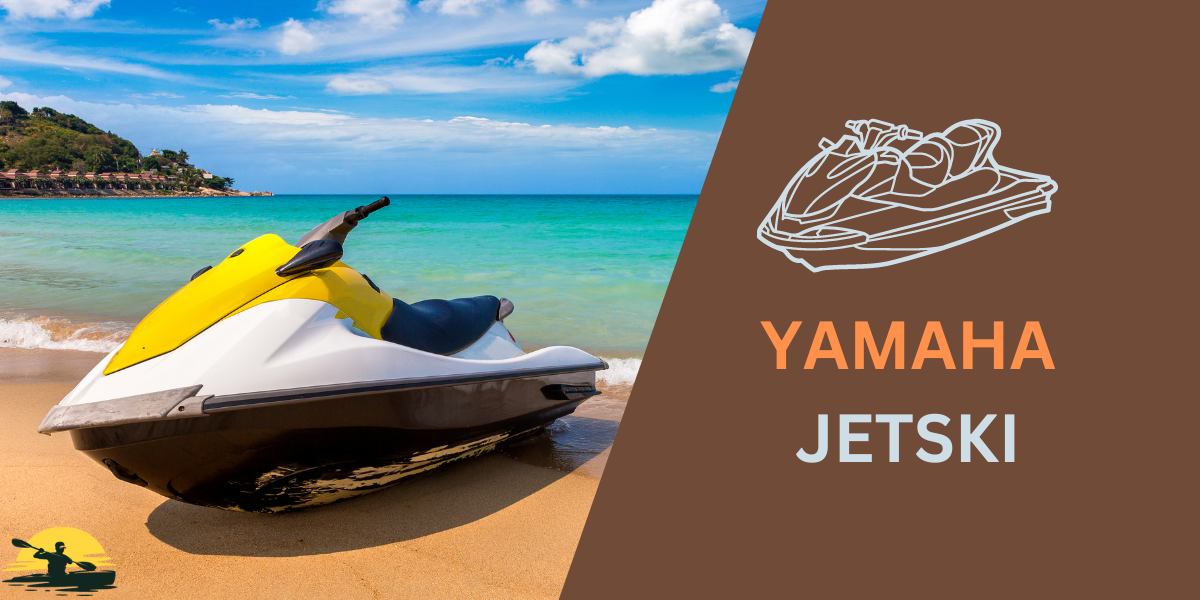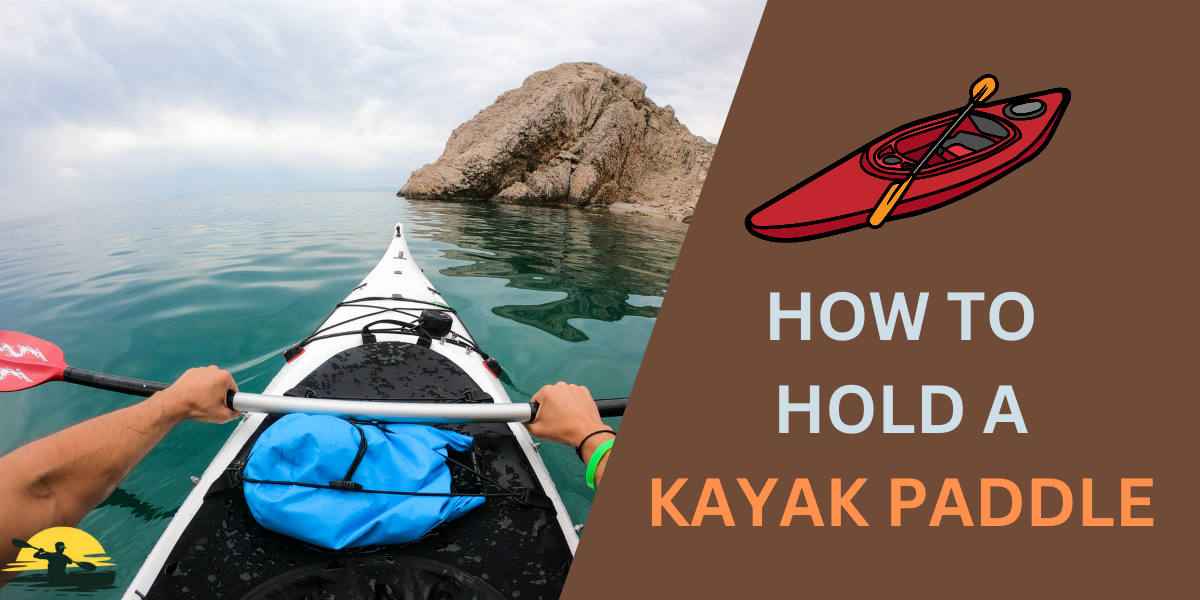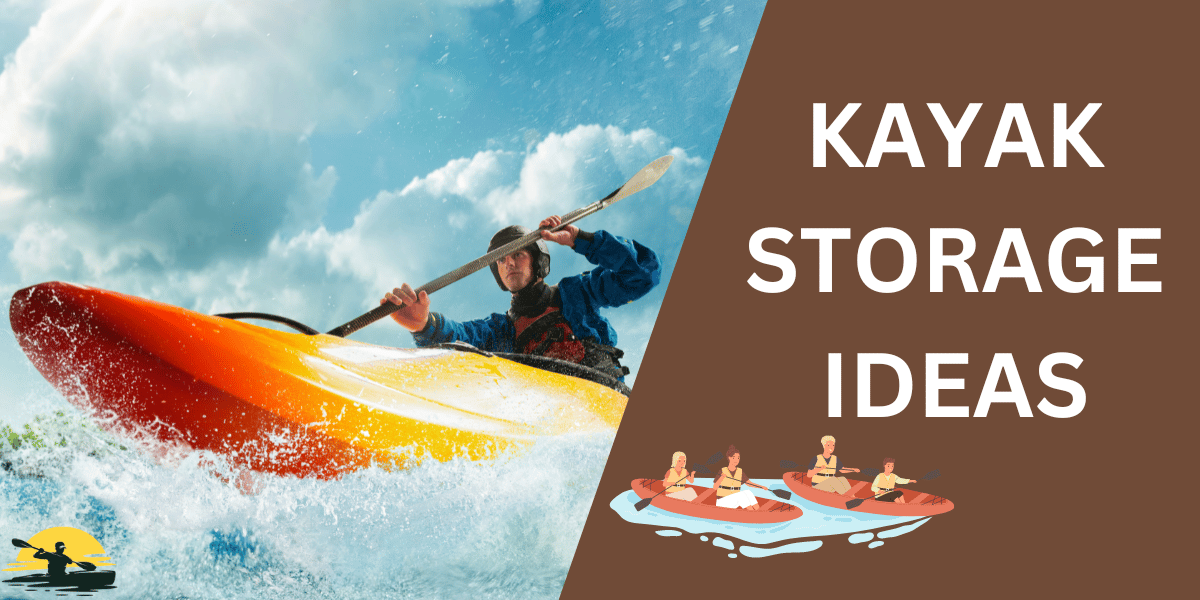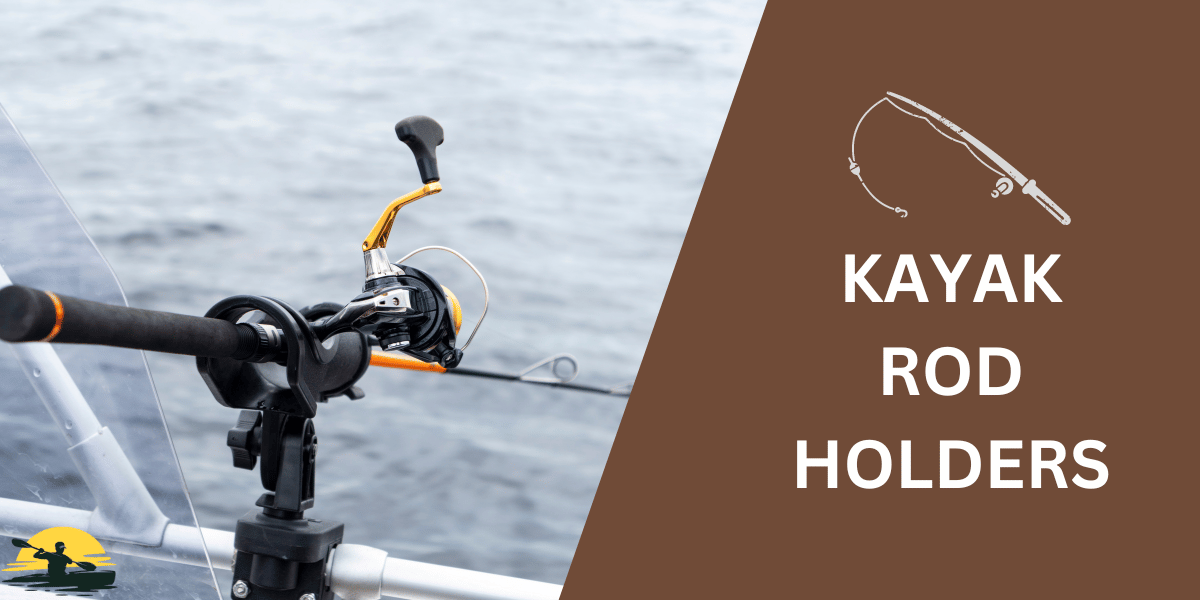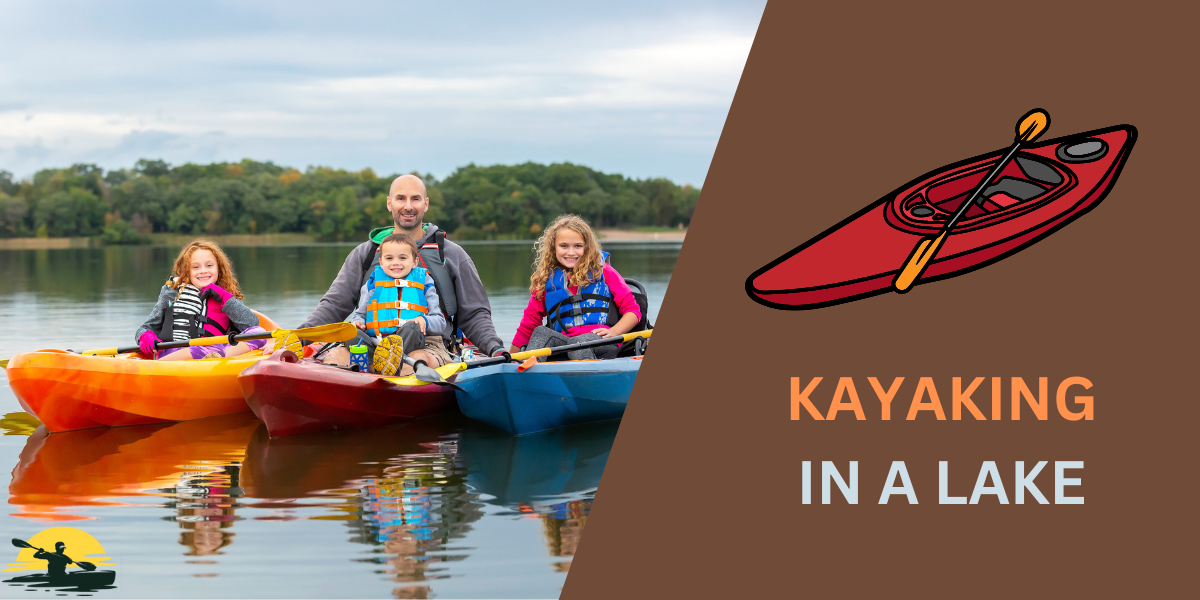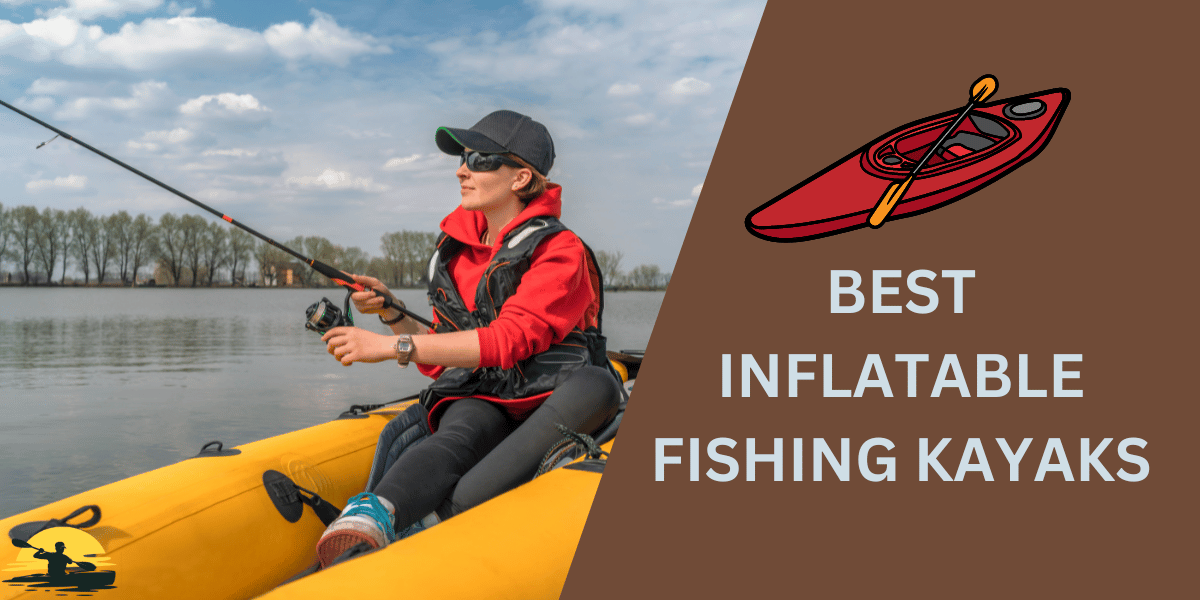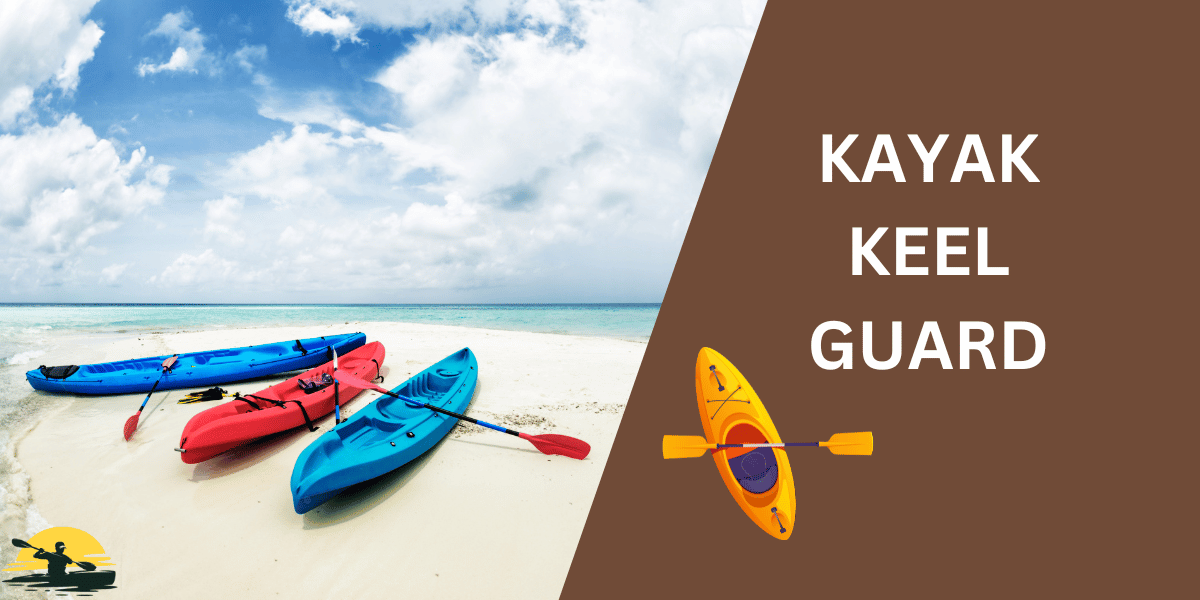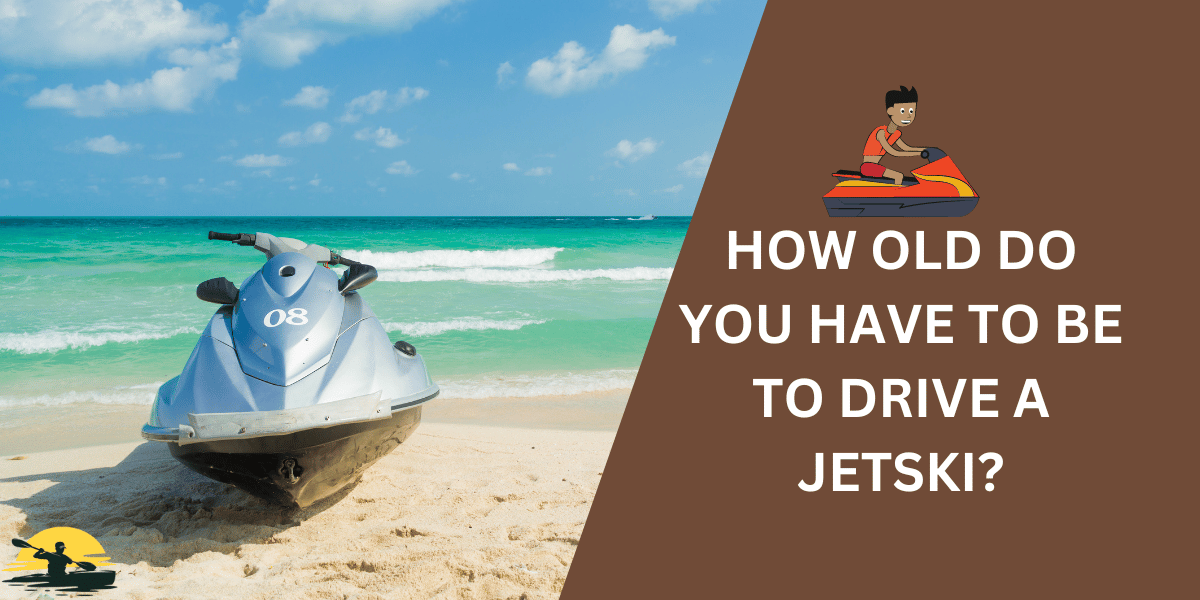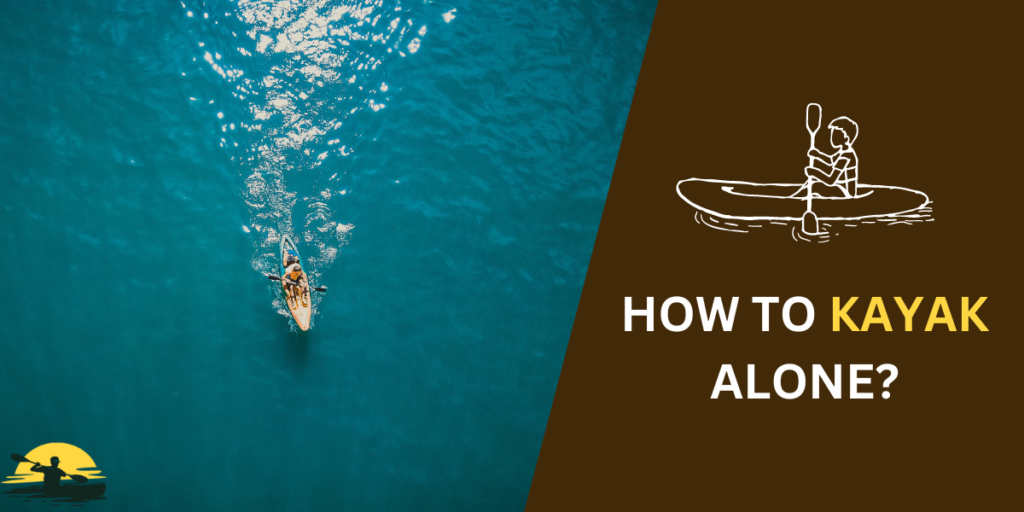
The call of the water is undeniable for many of us, especially the allure of kayaking solo. It’s not just about the physical journey across the water but also an introspective voyage. However, as serene as kayaking alone may sound, it comes with challenges and responsibilities. This extensive guide will walk you through how to kayak alone safely, covering everything from choosing the right equipment to mastering self-rescue skills and understanding the ideal kayaking environment.
Embracing the Solo Journey: The Allure of Kayaking Alone
Solo paddling offers a unique blend of peace, freedom, and self-reliance. It’s an opportunity to disconnect from the cause, move energetically in daily life, and reconnect with nature. For experienced kayakers, the solo journey is a testament to their skill level. It offers a chance to refine their abilities in calm conditions or navigate the challenges of minimal motorized boat traffic and noticeable currents.

| Potential Danger | How to Overcome |
|---|---|
| Capsizing | Practice self-rescue and re-entering your kayak. Always wear a life jacket to stay afloat. |
| Cold Water (Hypothermia) | Learn to read water conditions. Paddle in areas appropriate for your skill level. If you are not experienced, avoid rivers or areas with noticeable currents. |
| Getting Lost | Use a GPS or carry waterproof maps. Inform someone of your planned route and expected return time. |
| Adverse Weather Conditions | Check the local weather forecast before departure. Learn to recognize changing weather conditions while on the water. |
| High Winds | Avoid paddling in high winds. If caught, stay low in the kayak, paddle near the shore, and use islands as windbreaks. |
| Strong Currents/Waves | Learn to read water conditions. Paddle in areas appropriate for your skill level. Avoid rivers or areas with noticeable currents if not experienced. |
| Injury | Carry a first-aid kit and know basic first aid. Avoid paddling in remote areas if unsure about your ability to self-rescue or manage injuries. |
| Wildlife Encounters | Keep a safe distance from wildlife. Do not feed animals. Be aware of the wildlife in the area before your trip. |
| Dehydration/Exhaustion | Bring sufficient water and snacks. Take breaks. Recognize your physical limits to avoid exhaustion. |
Challenges and Rewards
Kayaking alone presents specific challenges, including the need for reliable self-recovery skills and the ability to assess and respond to hazards involved without the immediate support of other paddlers. Yet, overcoming these challenges can be incredibly rewarding, providing a sense of achievement and a deeper connection with the paddling environment.
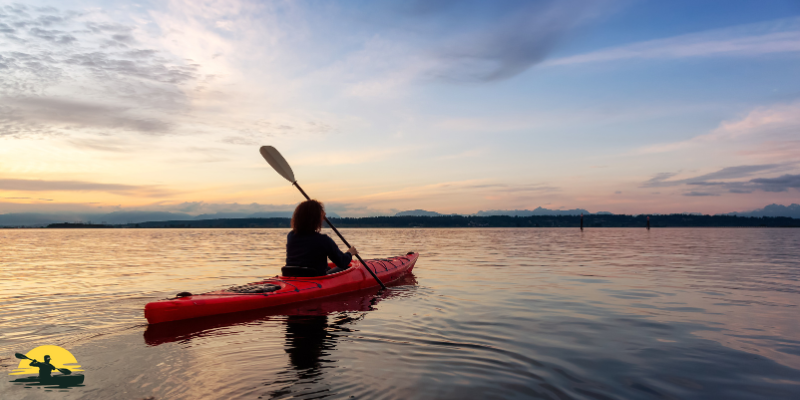
Essential Gear for Solo Kayakers
Safety Equipment
When planning to kayak alone, your safety gear is your best companion. Essential items include:
- Kayaking-specific life jacket (Personal Flotation Device—PFD): Always wear a life jacket designed for kayaking to ensure mobility and safety.
- Communication devices: A waterproof VHF radio and a cell phone in a waterproof case are vital for emergencies.
- Navigation tools: A compass, waterproof maps, or GPS device can help you stay on course.

Kayak Selection
Choose a kayak that suits your adventure. For solo paddlers, a sit-on-top kayak is often recommended for easy re-entering in case of capsizing, while a sit-in kayak offers protection in cold water. When selecting your kayak, consider the water temperature, weather conditions, and paddling location.
Mastering Solo Kayaking Skills
Paddling Techniques and Self-Rescue Skills
Efficient paddling techniques conserve energy and ensure you can cover distances without fatigue. However, the cornerstone of solo kayaking safety is mastering self-rescue skills. Practice re-entering your kayak in various conditions to develop reliable self-recovery abilities.

Weather and Water Condition Assessment
Before heading out:
- Check the local weather and understand the risks of high winds and white water.
- Choose paddling locations with calm bays, quiet lakes, or flat water to minimize dangers.
- Always have a good access point and plan for favorable conditions to ensure a safe trip.
Preparing for the Unexpected: Safety Protocols
Checklist for Pre-Departure
- Inform at least one person of your float plan, including your destination and expected return time.
- Pack essential equipment, including extra food, water, and a first-aid kit.
- Wear suitable clothing for the weather and water temperature to avoid hypothermia.
Dealing with Emergencies
Know how to handle common kayaking emergencies. Stay calm, assess the situation, and use your gear and skills to navigate safely back to shore or signal for help.
Wildlife Encounters
While encountering wildlife can be a highlight of kayaking alone, respecting their habitat is essential. Maintain a safe distance and ignore disturbing the natural environment.

The Solo Kayaker’s Packing List
Your packing list should include:
- Safety gear: life jacket, helmet, communication devices.
- Navigation tools: compass, maps, GPS.
- Sun protection: sunscreen, hat, sunglasses.
- Clothing: layers suitable for the current and forecasted weather conditions.
- Emergency supplies: first-aid kit, knife, whistle, water, and snacks.
Navigating Solo: Techniques and Tips

Reading the Water and Conserving Energy
Learn to read the water, identifying the safest paths through calm conditions or around hazards. Conserving energy is crucial for long paddles; focus on maintaining a steady, efficient stroke and take breaks as needed.
Staying Oriented
Use landmarks and navigational tools to keep your bearings. Avoid paddling in conditions with limited visibility or where the water conditions are beyond your skill level.
Connecting with the Kayaking Community
The kayaking community can be a valuable resource even as a solo paddler. Engage with local clubs, online forums, and other kayakers to share experiences, learn new skills, and gather safety tips.
Environmental Consideration and Ethics

- Follow “Leave No Trace” principles to decrease your environmental impact.
Respect wildlife and their domain by keeping a safe distance and not feeding animals.
- Participate in conservation efforts to protect the waterways you love paddling in.
The Mental and Physical Benefits of Solo Kayaking
Kayaking alone offers a physical workout and provides mental health benefits. The solitude and rhythmic nature of paddling can help reduce stress while navigating challenges and achieving personal milestones, which can boost confidence and a sense of accomplishment.

Conclusion
Solo kayaking combines the physical challenge of navigating water with the mental challenge of self-reliance. With the proper preparation, equipment, and skills, kayaking alone can be a safe and rewarding experience. Remember, safety always comes first. Ensure you’re prepared for the risks, practice your skills, and respect the environment and weather conditions. Embrace the freedom of the solo journey, but always paddle with caution and respect for the water.

Appendices
Appendix A: Quick-Reference Safety Checklist
- Essential safety gear and equipment list.
- Pre-departure checklist and emergency protocols.
Appendix B: Recommended Resources
- Books, websites, and courses for further learning and skill development in solo kayaking.
By adhering to these guidelines and embracing a mindset of preparation and respect for the natural elements, solo kayakers can enjoy the unique freedom of paddling alone while staying safe on the water.
Frequently Asked Questions
Is kayaking alone safe?
With the proper precautions, kayaking alone can be safe and enjoyable. Emphasize kayaking safety by selecting appropriate equipment, knowing your skill level, and understanding the conditions of your paddling location. Always wear a life jacket, check weather forecasts, and be prepared for self-rescue situations. Informing someone about your float plan is also crucial for solo paddlers.
What should I wear when kayaking alone in cold water?
When kayaking in cold water, it’s essential to be dressed in a dry suit or a wetsuit to protect against hypothermia. Layering with thermal clothing underneath your case can provide additional warmth. Always wear a kayaking-specific life jacket over your dress for safety. Sitting inside a kayak can also offer more protection against the cold.
Can I drink alcohol while kayaking alone?
Drinking alcohol while kayaking alone increases the risk of accidents and impairs your ability to respond to emergencies. Alcohol affects balance, coordination, and judgment, making it more likely to capsize or misjudge weather conditions. For your safety and to avoid trouble, it’s best to avoid alcohol entirely during your kayaking trip.
How do I choose a safe location to kayak alone?
Choose a paddling location with calm waters, minimal noticeable currents, and reasonable access points for putting in and taking out your kayak. Quiet lakes, tranquil bays, and rivers with minimal waves are ideal for solo kayakers. Check local guides and maps for recommended spots and talk to experienced kayakers or local groups for advice on safe and enjoyable locations.
What are the most essential safety tips for kayaking alone?
The most important safety tips for kayaking alone include:
1. Always wear a life jacket (private flotation device).
2. Practice self-rescue techniques and have reliable equipment for re-entering your kayak.
3. Inform someone about your trip and float plan.
4. Check the weather and water conditions before heading out.
5. Avoid paddling in dangerous conditions like high winds, rough waves, or cold water without proper gear. Stay close to shore and be aware of your surroundings and potential hazards.


